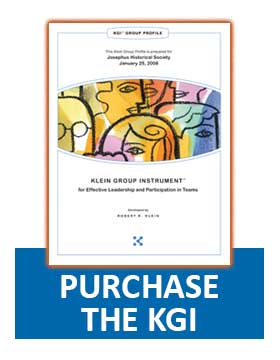Creating a Sport Dynasty
On October 25, 2014, on Steinbrenner Field at the Massachusetts Institute of Technology, the Western New England University Golden Bear football team played the MIT Engineers in a game that would determine the New England Football Conference champion. Both teams stood undefeated, 6-0, and were clearly the premier teams in the league that year. It would be a showdown for the title, and the eventual winner would qualify for a spot in the national Division III playoffs.
The Engineers jumped to a 21-0 lead on their home field, but the Golden Bears steadied themselves and fought back in the second half, scoring a touchdown with 42 seconds left in the game. If they made the extra point, it would tie the score 35-35, potentially throwing the battle into overtime.
But as the kicker's foot smacked the ball, lifting it into the air, a MIT defender lunged forward and blocked it. MIT took the game and the championship trophy.
Next spring, as I sat in the office of WNE Head Football Coach Keith Emery, he told me, "That play killed our season and our morale--we still have a bitter taste in our mouths. But we have come up with the motto for this season: One Better. This year we want to be the team that is one point better on the scoreboard."
"Coach, that's why I came over to see you. I think I can help you do that."
I told him how, working with the Center for Applications of Psychological Type, part of the Myers-Briggs Type Indicator (MBTI) system, I had developed a new assessment, the Klein Group Instrument for Effective Leadership and Participation in Teams (KGI). Using the MBTI and KGI tools, I had created a new course at the University: Leadership and Team Skills. Several of his football captains had taken the course in recent years, elevating their skills and helping the team.
"Why don't I coach all nine of your captains with this model next fall? I could also work with them as a group, so we can make them a tight-knit unit working with the regular players. The goal of the KGI is to create team synergy, high performance, and I think we could do that for the team."
Coach Emery agreed, giving me an informal position, the new "Leadership Coach."
That was how it all began. In the fall I did a number of individual coaching sessions with each captain, sprinkled throughout the season. We identified specific skills from the nine KGI subscales, working on a couple of new ones every two weeks, and gradually expanded their leadership repertoires. We integrated psychological typology, so the men could refine their current type preferences and also their opposite preferences, connected to the KGI skill-building (e.g., developing the Feeling function related to KGI Interpersonal Focus skills). The captains were dedicated men, who worked on this project with the same commitment they brought to their physical conditioning and sport practice. Over time, they became flexible leaders, with a broader range of leadership techniques and the ability to use a wider range of MBTI preferences in the appropriate situations. With these assets, they were able to lead their position groups with insight and confidence.
On Friday afternoons, the day before a game, we met together as a unit. We used the KGI Group Profile materials to help us expand our strategies. We discussed the issues that had cropped up in their position groups and with the team as a whole. What were this week's concerns? What required problem-solving? We brought forward ideas from the KGI model to expand the analysis. The men learned to communicate well with each other, to think together and to synchronize their efforts.
By employing the KGI model for individual development and team building, we enhanced the captains' abilities in a way that impacted the entire squad. The captains' actions and attitudes set the tone for everyone else, and a new culture emerged, a culture of mutual respect, mutual encouragement, and commitment to winning. The team became more cohesive, close-knit and energetic.
For the first time in the thirty-eight-year history of the football program, we had an undefeated season, beating MIT and everyone else. In the National Coaches' Poll in Division III, we were ranked number 19 in the nation. On the last day of the season, at home, I was on the field with the coaches and players when we received the championship trophy. It was an exhilarating experience.
The next year we continued our robust leadership and team-building enterprise, based on the KGI and MBTI model, and went undefeated again. This time we won in the playoffs and made it to the "Sweet Sixteen" nationally, losing our game in the final seconds. Since then, we have won three more conference championships, making it five in a row: a dynasty. In the long history of the team, they'd won only one previous championship.
Equally impressive was what happened to our captains after graduation. Having acquired potent leadership skills, they rapidly moved into leadership positions in business and professional life. In the outside world, their talents were well recognized. One of my favorites is a captain who joined the National Guard. When he went to boot camp in Oklahoma with 215 other recruits, he received the award as the "Distinguished Honor Graduate." Practicing his KGI skills, he became the valedictorian, the top graduate in his class, a young leader who is now serving the country.
As we say at Western New England, for leadership and sport, be all you can be with the KGI tool.



